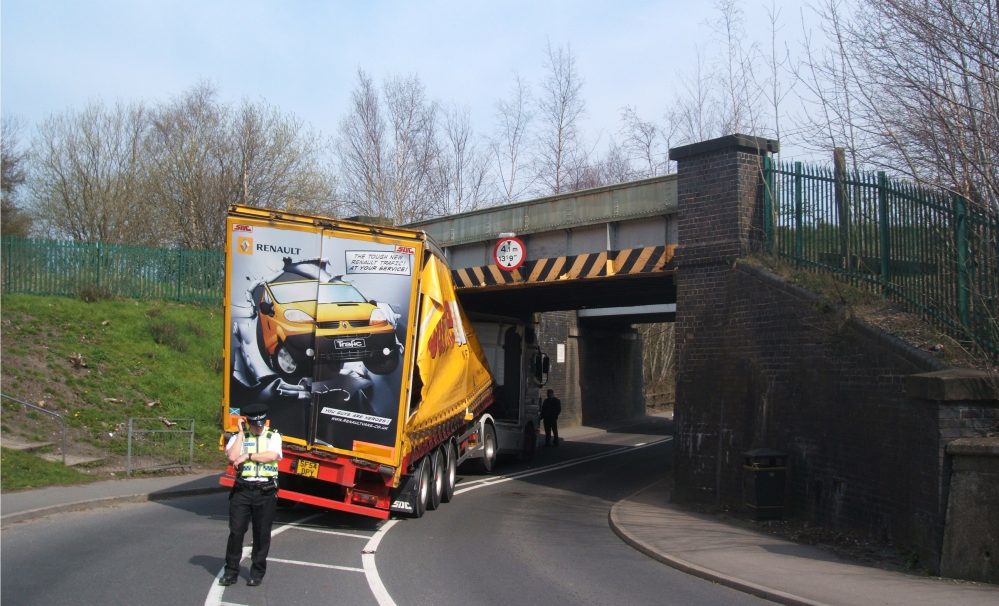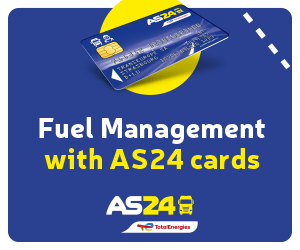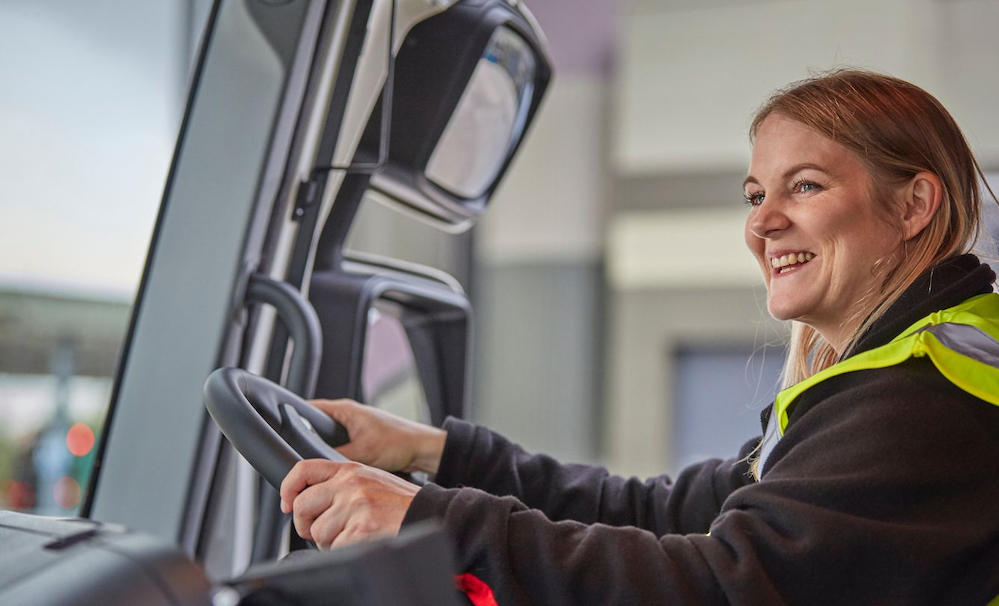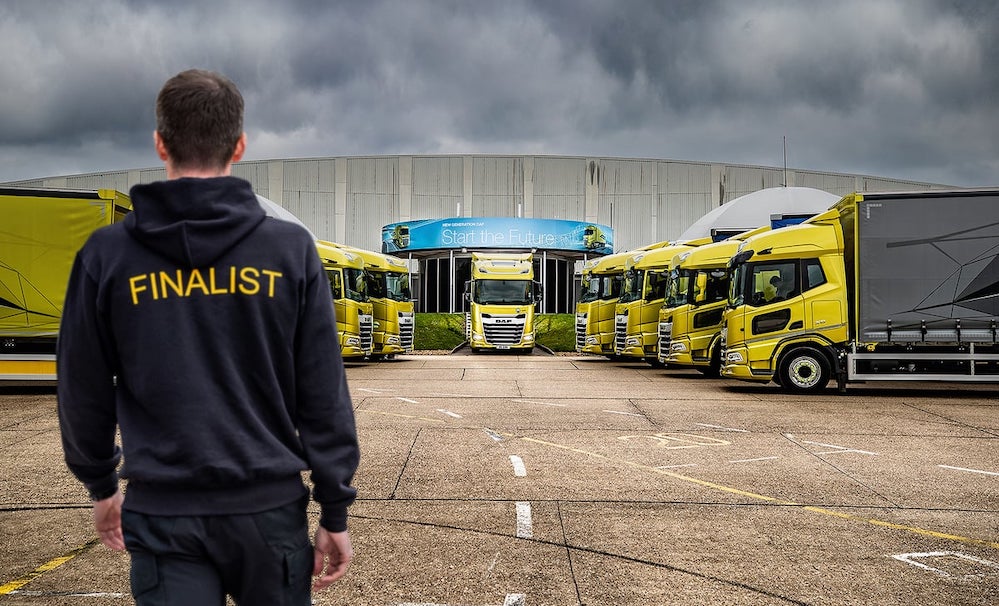Regulators say regulatory action is “a real possibility” for those failing to take the necessary steps.
A hot topic discussed in the recent Commissioners’ Annual Report is the disappointing number of incidents within the industry where a vehicle collides with a bridge.
In addition to the potentially catastrophic road safety issues, there are serious financial implications to these accidents, as well as travel delays for commuters.
With instances of drivers being left to plan routes without access to information needed to avoid these collisions, the transport regulators warn operators to treat the issue seriously and take responsibility.
Some of the common causes of bridge strikes are:
• Drivers taking short cuts whilst engaged on “not in service” journeys
• Staff with insufficient route knowledge returning a vehicle to depot
• Drivers taking a double deck vehicle on a single deck route
• Misunderstanding of road signs
To minimise the risk of bridge strikes, always:
• Know your vehicle height and width
• Know your route in and out of service
• Understand and obey traffic signs
• Carry out adequate risk-based assessments
• Provide drivers with route conversion charts
The Guidance on preventing Bridge Strikes written by Network Rail is an invaluable tool for operators, transport managers and drivers. This information in this document should be thoroughly understood and readily available.








Have to say every drivers should have a truck nav. where you can route to trailer size and gross weight. Also operators should set defined routes for inexperienced drivers. All trailers should be sized up to compensate for the drop axle being up, in some cases it’s +3″s. Why not have a website for truckers stating were the low bridges are. The Catford/ Lewisham bridge on the A205 was 14.9 and was changed to 14.6. there is no diversion or anything on the local websites to acknowledge this change. In London local councils seem to despise HGV drivers.
It is high for one simple reason, hgv drivers today are fucking retarded,we never had sat nav back in 80s, we planned the route before we set off via maps, yes it is fantastic today driving a wagon due to the technology, I mean look ,they have even made the trucks simpler to drive auto gearbox, unfortunately that has bought the imbecile in as a driver, and the rest is being played out as you see
Truck Navs work superbly…as for today’s driver being retarded…I laugh. Many more of the old school been their and done that drivers are all using sat navs. And have all Jack knifed and hit bridges and ran up the arse of someone…nothing to do with being retarded driving a modern fleet
I think it’s actually harder now then ever. Roads are busier than ever, demands are bigger than ever, competition is bigger than ever. Drivers are being forced to go as fast as possible to meet poorly to timed agreements. Ask why do drivers not take Thier breaks or work whilst tacho is on break? It’s not because they love working for free! Too much on the driver not enough regulation and checks to see if the company is being unrealistic in Thier planning. Half the planners don’t know drivers hours so this is one issue. It’s put on the drivers for easy targeting. If it was really for safety more would be done. Drivers in the past have always hit bridges you always get mistakes some stupid some just bad luck it just wasn’t posted all over pre internet. Truck sat navs are still not full proof so good planning is still needed, even maps don’t give you a full picture especially if they are out of date.
Also a manual gearbox is nothing difficult to learn its an overused comment. Other than an Eton twin split it’s a case of s button to go from low to high. Most people in the last 20 years grew up on a computer or console of some sort multi tasking with a control pad. Learning to use a stick is far from rocket science
I’m a new driver, I work in bulk mainly grain etc we deliver all over UK tomtom sat nav do have the option to put trailer height in which is handy. But common sense does need to be played in this we have a mix of trailers some high sided some lower and different units with different height tyre walls so all comes in to play. But I think the big factor in this is very thing has to be moved quick to max out profit on small margins so alot of drivers are put under pressure to crack on.
I will leave one last comment to the driving regulations stop % earnings of the lorrys General and bulk might help slow some drivers down. And I don’t think it is fair way to earn a recpectful wage.
Like I said I’m new to driving but everyday is a school day. Josh
It’s 100% obvious on our roads the drivers on a day rate and the drivers paid by the hour
Just goes to show you’ve lost a lot of very experienced drivers, and have inherited those who can’t think for themselves, the main cause is the utterly pointless week of complete boredom that’s called CPC Training. It teaches nobody anything, is a complete waste of time, and has forced a lot of drivers to call it a day because they don’t want to waste a week, even if someone else is covering the cost of the course.
I also think that the high level of none english speaking drivers who are so reliant on sat navs is causing more bridge strikes if your going to use a sat nav buy a truck nav at least they have bridge heights on them all you need to do is programme in your vehicle height and your set
I get tired of HGV drivers constantly being blamed for bridge strikes. On the railway we no longer automatically blame train drivers for signals passed at danger. The Rail industry provides technology to automatically stop the trains, interlocking to make sure that signallers pull off the right signals, research into human factors and fatigue management. What support do HGV drivers receive? My father used to be a HGV driver, never had a bridge strike, but would admit to a few close shaves. Its about time the haulage industry came together to research methods that support its drivers.
Hi steve, As a driver of hgv`s for 33 years I`ve seen a lot of changes. loads are bigger, longer wider than ever before. I guess this is to compensate rising fuel prices. I driven just about every kind of trailer on the road and am currently a car transporter driver. we regularly travel at 65 feet long and 16 feet high. the concentration levels are extremely high. up 12 feet longer than most artics.
I do have a height stick to check height before travel. but even I have been caught out by last minute signage to a low bridge. thankfully I have never had a bridge strike, but I have turned around in housing estates to avoid a low bridge. sometimes the council should be held responsible for bridge strikes due to poor signage. some drivers may take the risk when theres a queue of cars behind them, especially in central London.
Also now, the transport industry never sleeps. trucks come in and out of services and truckstops at all hours. some drivers don’t give a damn about others and seem to make as much noise as they can. after 3/4 nights of this, it can lead to fatigue and loss of concentration. truckstops should be a place of quite and rest. segregation areas should be put in place for noisey fridges and the night drivers taking their 15/30 or 45 minute break , giving other driver broken sleep. The DVSA says theres no excuse for driving tired, but have they ever spent a couple of nights at the services or truckstop?? If you take extended breaks because your tired then your gonna flag up on the tracker system, constantly monitored by the planners and get the sack.
I think truck drivers are the most unsupported industry in the world.
Chair of Network Rail, Sir Peter Hendy, will be speaking at Microlise Transport Conference in May about bridge strikes.
It’s a free to attend conference taking place on the 20th May at The Ricoh Arena.